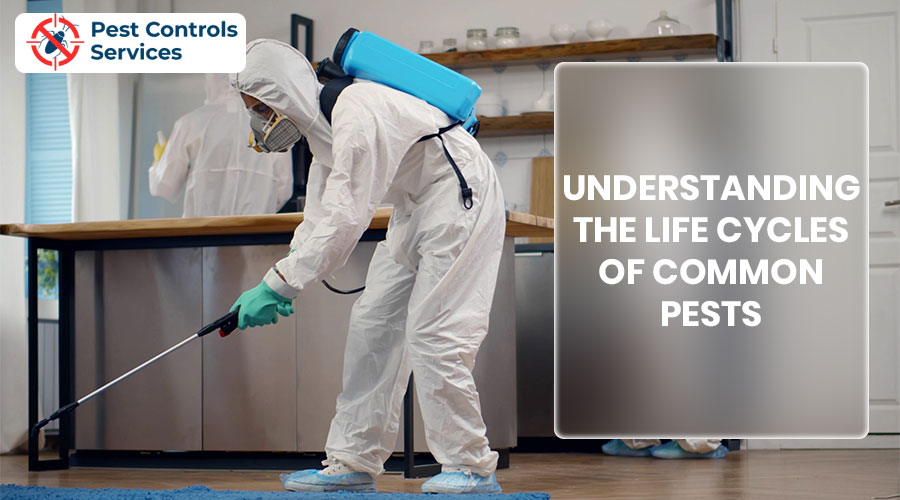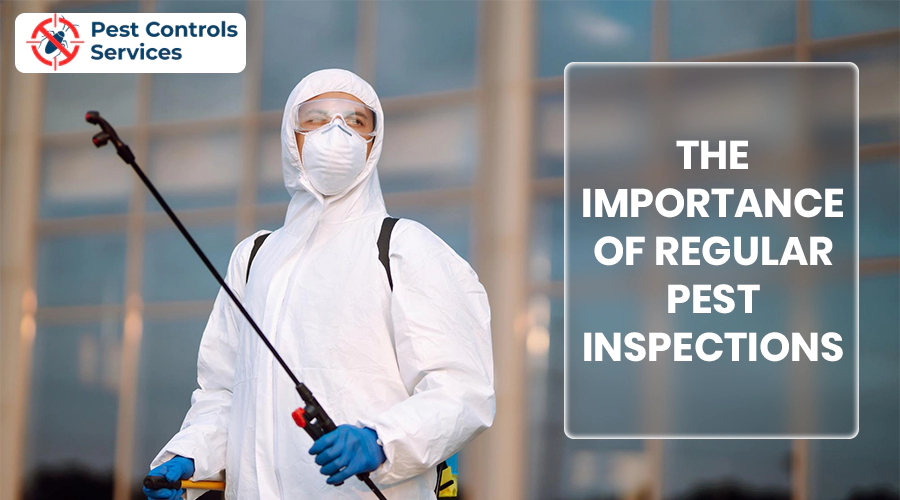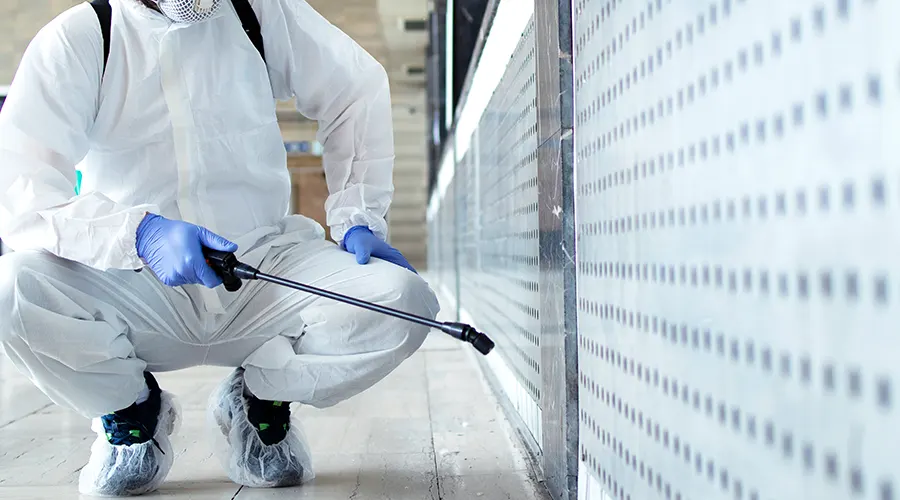Pests are a nuisance that many homeowners have to deal with. From ants and cockroaches to mosquitoes and ticks, pests come in many forms and can cause a range of problems. Understanding the life cycles of common pests can help homeowners better manage infestations and prevent future pest problems. In this article, we'll explore the life cycles of some of the most common pests and provide tips for preventing and controlling infestations.
Ants
Ants are social insects that live in colonies. The life cycle of an ant consists of four stages: egg, larva, pupa, and adult. Ant eggs are small and oval-shaped, and they hatch within a few days. The larvae that emerge from the eggs are fed by worker ants and grow rapidly. After several weeks, the larvae spin cocoons and enter the pupal stage. The pupa is a resting stage in which the ant develops and undergoes a metamorphosis. After a few weeks, the adult ant emerges from the pupal cocoon and joins the colony.
Prevention and Control of Ants:
Ants are attracted to food and water sources, so keeping a clean home is key to preventing infestations. Store food in sealed containers, clean up spills and crumbs promptly, and fix any leaks or standing water sources. If you have an ant infestation, use bait stations and insecticides to control the population. A professional Ant Exterminator can help you with your problems so consulting an exterminator is also the best solution.
Cockroaches
Cockroaches are nocturnal insects that are known for their ability to survive in almost any environment. The life cycle of a cockroach consists of three stages: egg, nymph, and adult. Cockroach eggs are laid in capsules, which can contain up to 50 eggs. The eggs hatch into nymphs, which resemble adult cockroaches but are smaller and lack wings. Nymphs molt several times as they grow, and each molt brings them closer to adulthood. Adult cockroaches can live for several months and are capable of producing hundreds of offspring.

Prevention and Control of Cockroaches:
Cockroaches are attracted to food and moisture sources, so keeping a clean home is crucial to preventing infestations. Seal cracks and crevices, fix leaks and standing water sources, and store food in sealed containers. If you have a cockroach infestation, use baits, traps, and insecticides to control the population for the best Summer Pest Control.
Mosquitoes
Mosquitoes are blood-sucking insects that can transmit diseases such as the West Nile virus, Zika virus, and malaria. The life cycle of a mosquito consists of four stages: egg, larva, pupa, and adult. Mosquito eggs are laid in standing water and hatch into larvae within a few days. The larvae feed on organic matter in the water and molt several times as they grow. After a few weeks, the larvae enter the pupal stage. The pupa is a resting stage in which the mosquito develops and undergoes a metamorphosis. After a few days, the adult mosquito emerges from the pupal shell and seeks out a blood meal.
Prevention and Control of Mosquitoes:
Mosquitoes are attracted to standing water sources, so removing standing water from your property is key to preventing infestations. Use insect repellent when outdoors, wear long-sleeved clothing, and install screens on windows and doors. If you have a mosquito infestation, use insecticides to control the population.

Ticks
Ticks are blood-sucking parasites that can transmit diseases such as Lyme disease, Rocky Mountain spotted fever, and ehrlichiosis. The life cycle of a tick consists of four stages: egg, larva, nymph, and adult. Tick eggs are laid on the ground and hatch into larvae within a few weeks. The larvae feed on the blood of small animals such as mice and birds and molt into nymphs.
 Based on Users Reviews
Based on Users Reviews


